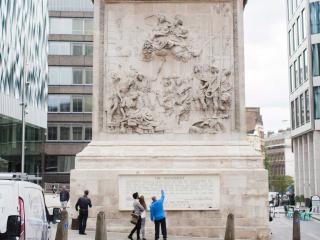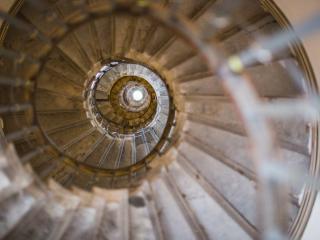A tragedy in the heart of the City
The Great Fire of London was arguably the greatest tragedy of its time. Remarkably just six people were officially recorded to have lost their lives, but the Great Fire rendered almost 85% of London’s population homeless. The fire started at a baker's shop on Pudding Lane and burned for almost five days, destroying over 13,000 tightly packed wooden houses, 87 churches and the iconic landmark, St Paul’s Cathedral.
It had a devastating effect on Londoners and those who fled the fire to fields outside the City stayed there for months, sometimes even years until they believed it was safe to return.
It took around 50 years to rebuild the city and it’s still possible to see how the Great Fire has shaped London today; most notably in its irregular web of streets its church ruins.
The legacy of the Fire
The Great Fire of London is cemented as one of the most defining incidents in London’s history and is taught in schools across the country.
Many myths and tales surround the Fire but these Q&As about the momentous tragedy answers the most commonly asked questions.


